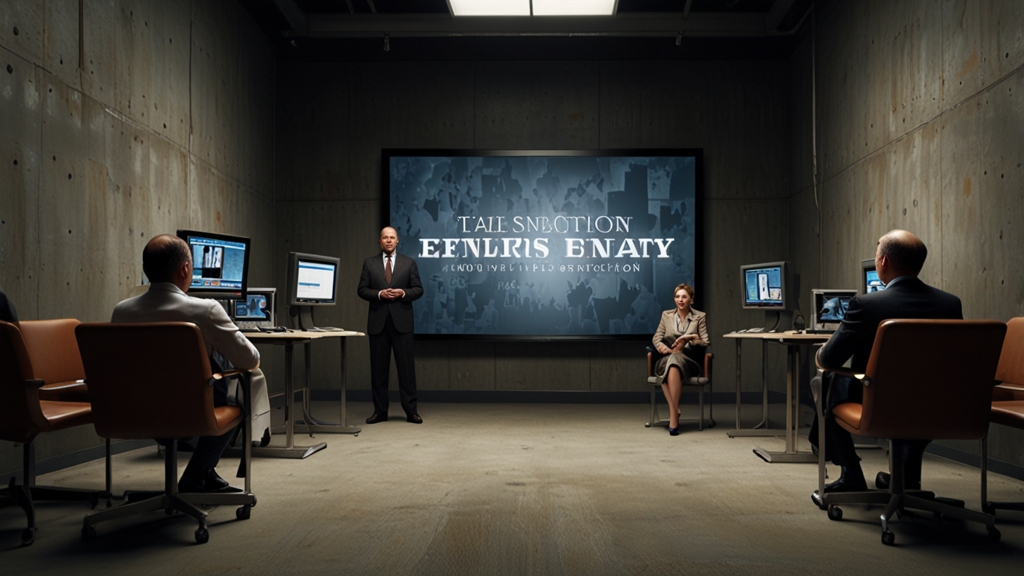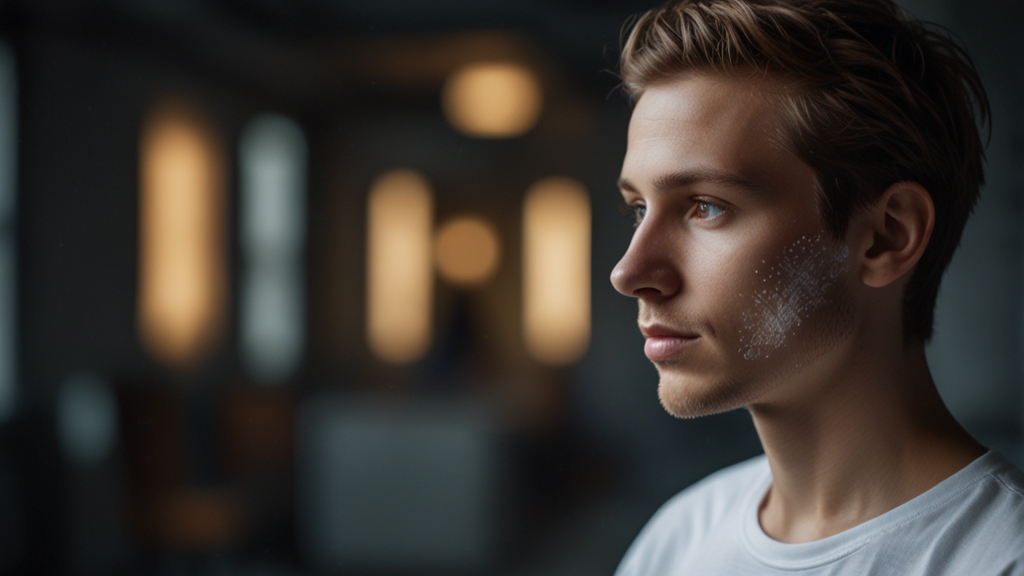Reviving Interest in Epistles: A Modern-Day Exploration
In an age dominated by digital communication—where text messages, emails, and instant messaging reign supreme—the art of letter-writing, particularly epistolary literature, seems to have retreated to the cobwebbed corners of history. However, a resurgence in interest towards epistles is underway, driven by a desire to reconnect with the sincerity and thoughtfulness that this form of communication uniquely provides.
The Historical Significance of Epistles
Epistles, or letters written with the intent of being read by a specific individual or public audience, hold a venerable position in the annals of literary history. From Paul the Apostle’s letters that form a considerable part of the New Testament to Jane Austen’s masterfully constructed fictional correspondences, epistles have long served not just as a means of communication, but also as a method of literary expression.
These written artifacts, deeply personal yet broadly communicative, enable us to glimpse the intentions, emotions, and thoughts of their authors in a direct and unfiltered manner.
The Modern Epistolary Renaissance
Though we’ve moved far past the days when paper and ink were the chief means of distant communication, contemporary society is experiencing a renaissance of sorts when it comes to epistles. This is seen in various forms:
- Letter-Writing Challenges: Social media campaigns and challenges encouraging people to write one letter a day or a week.
- Digital Epistles: Newsletters and email series that embrace the personal, reflective qualities of traditional letters.
- Published Collections: Anthologies of letters from well-known authors, historical figures, and ordinary people are gaining popularity.
This resurgence can be attributed to a collective craving for depth and authenticity in our interactions. People are finding an unparalleled level of intimacy and reflection in writing and reading these thoughtfully crafted missives.
The Cultural Impact
"Sending a handwritten letter is becoming such an anomaly. It’s disappearing. My grandmother, she’s 93, and she taught me how to write a letter when I was a child. She knew all the conventions; she told me how to stand apart from the rest with a few elegantly chosen words. Years of emails and texting have turned my handwriting into something akin to cryptography." — Ellen DeGeneres
The cultural impact of reviving epistles transcends mere nostalgia. In a world overwrought with ephemeral interactions, letters imbue relationships with a sense of permanence and gravity. The act of writing a letter demands time, consideration, and a degree of vulnerability that is often missing in the rapid-fire exchanges of digital communication.
Moreover, epistles provide a tangible connection to our past. They carry the imprints of our personalities, histories, and shared experiences in ways that digital text struggles to replicate.
Epistolary Literature in the Digital Age
The literary world has also seen a resurgence in the epistolary form, adapted for the digital age. Contemporary authors experiment with emails, text messages, and social media posts to construct narratives, showing that even within the modern context, epistolary patterns can evoke profound emotional and narrative depth.
"Letters are among the most significant memorial a person can leave behind them." — Johann Wolfgang von Goethe
These modern adaptations reiterate the timeless relevance of epistles. By presenting everyday digital interactions in structured narrative forms, authors remind us that the essence of letter-writing—a thoughtful, direct method of communication—remains irreplaceable.
Conclusion
As we navigate the complexities of modern communication, the renewed interest in epistles speaks to a broader cultural yearning for intimacy, authenticity, and deliberate expression. Whether through handwritten notes, digital newsletters, or epistolary novels, this timeless form of communication proves its enduring value.
The revival of epistles invites us to pause, reflect, and embrace the unhurried elegance of a bygone era, enriching our lives in profound ways.








